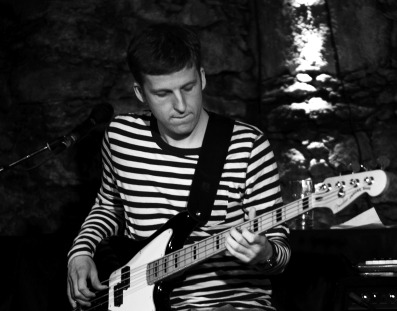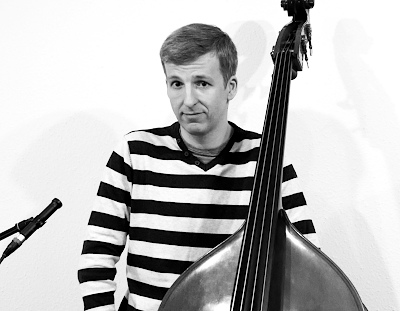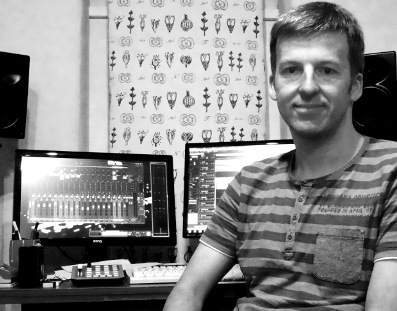Willkommen ...!
Ich schätze sowohl die Schlichtheit eines Songs (gutes Songwriting, gute Texte) als auch die Komplexität von Kompositionen des modernen Jazz.
Neben meiner Arbeit als (Multi-)Instrumentalist liegen mit das Unterrichten sowie die kreative Arbeit im Tonstudio (Arrangieren, Aufnehmen, Mischen und Mastering von Musik) am Herzen.
Welcome ...!
I'm afraid this website is mostly in German but feel free to contact me. However, you can find some information in English if you browse through this website. I added English comments where I found it useful.
Please have a look at my video section!
Tim Teissen – Teesatz (Spaceman Spiff Cover)
Der Song “Teesatz” von Spaceman Spiff begleitet mich schon seit längerer Zeit. Für meine Coverversion wurde der Text etwas verändert – mit österreichischen Orts- und Stätenamen! Enjoy!
Tim Teissen – vocals, guitar
Mixed by Tim Teissen
The Power of Konnakol (2): Creating a rhythmic grid
This is part 2 of my series on konnakol, a rhythm language that may help you improve your sense of rhythm. Here, I’m using konnakol in order to get control over the beat subdivisions. This video also shows how to play a 15/8 meter. It includes exercises #3 and 4. (Note: You should watch part 1 and my video on “Rhythm Basics” first.)
topics: rhythm, konnakol, subdivisions
Level: basic
Instruments: for all instruments
Duration: 10 min
For a list of all my video lessons go here.
You could also use the tag cloud (in the footer area of this website) in order to look for video lessons.
All German-speaking viewers may have a look at my translation page.
The Power of Konnakol (1): Introduction
This is part 1 of my series on konnakol, a rhythm language that may help you improve your sense of rhythm. In this first video, I’m introducing the vocabulary of konnakol. It includes 2 exercises as well.
topics: rhythm, konnakol
Level: basic
Instruments: for all instruments
Duration: 9 min
For a list of all my video lessons go here.
You could also use the tag cloud (in the footer area of this website) in order to look for video lessons.
All German-speaking viewers may have a look at my translation page.



